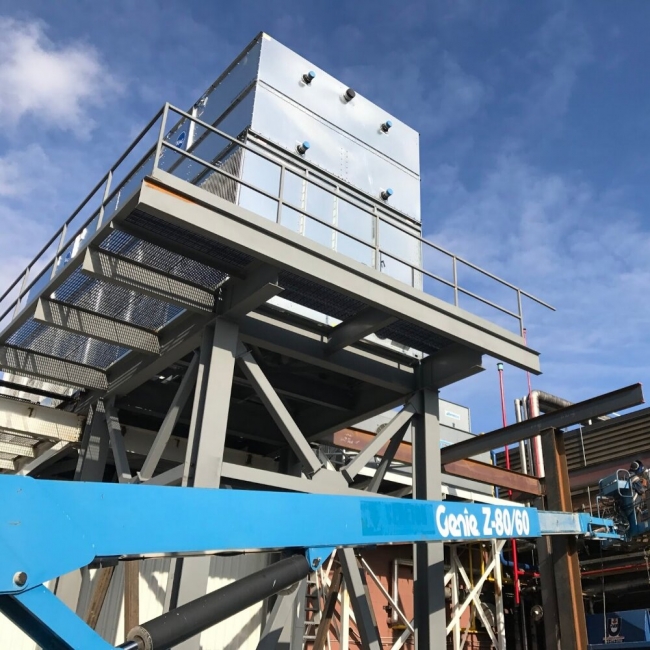
Steel buildings have been extremely popular in recent years due to their durability, cost-effectiveness, and adaptability. Despite their obvious benefits, they are additionally the focus of many myths and misconceptions. In this blog, we will refute 5 prevalent myths about steel buildings using facts and real-life instances from a steel structure fabricator. Let us correct the record and investigate the genuine potential of steel buildings.
Below are some of the most common myths that exist among builders when they think about steel structure buildings.
Structural steel is a highly sustainable material and one of the most recyclable commodities on the globe. Because of the high recycling rate, every steel structure fabricator today frequently uses a considerable percentage of recycled resources, lowering raw material demand and reducing the environmental effect of mining and extraction.
Improvements in steel fabrication technology have resulted in significant savings in energy usage throughout the manufacturing process. Electric arc furnaces greatly reduce the carbon footprint of steel manufacturing.
Because structural steel constructions are durable and long-lasting, they require less frequent replacement or maintenance, reducing the material's overall environmental effect over its lifecycle.
The misconception that steel structures are at risk of corrosion arises from a misunderstanding of preventative measures. Steel buildings are frequently treated with anti-corrosion treatments such as galvanization and paint. These treatments create long-lasting protection against corrosion and rust, extending the life of the structure.
Furthermore, innovations in coating materials have increased steel structures' corrosion resistance. Steel structures located in coastal or humid areas are built to withstand the effects of saltwater and moisture.
Structural steel provides an exceptional range of design and construction due to its several unique characteristics.
Structural steel's excellent strength-to-weight ratio enables a steel structure fabricator to construct new designs with slimmer, more efficient geometries that would be difficult to achieve using other materials.
Structural steel is easily produced in a variety of shapes and sizes, giving designers the ability to build unique and visually appealing structures.
Structural steel can be effortlessly blended with other construction elements such as wood, glass, and concrete, allowing designers to experiment with different styles and achieve a diverse appearance.
While steel is commonly linked with industrial and commercial purposes, there is a misperception that steel structures are unsuited for domestic usage. Steel homes are getting more popular due to their strength, durability, and adaptability.
Steel's durability and architectural versatility make it an excellent material for modern dwellings. Steel-framed homes are exceptionally resistant to natural disasters such as earthquakes and hurricanes, giving residents peace of mind.
The belief that steel structures attract lightning strikes is a prevalent myth. However, steel structures are less likely to be hit by lightning than every other kind of structure. In truth, steel is a lightning-safe material. It conducts electricity efficiently, thus if a steel structure is hit by lightning, it is safely transported to the earth. Steel structures' structural designs frequently feature lightning protection devices such as rods for lightning and grounding, which further reduces possible threats.
Furthermore, steel structures are non-combustible, which reduces the chance of damage from fire compared with conventional construction materials.
Steel buildings are exceptionally strong, versatile, and sustainable. They are an affordable and adaptable option for an extensive variety of applications, including residential houses, and commercial and industrial establishments.
Have queries regarding steel buildings or want an estimate for your next endeavor? Feel free to contact a seasoned steel structure fabricator in Toronto, Weld Rich and Steel. We're here to give you tailored solutions and the knowledge you require to make educated choices regarding your building requirements.